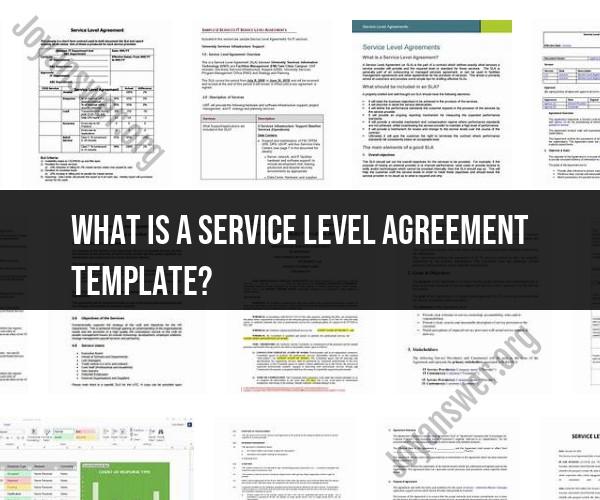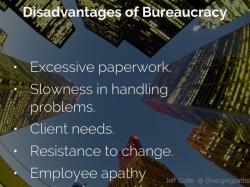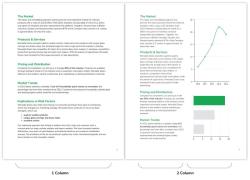What is a service level agreement template?
Crafting Effective Service Level Agreement Templates
A Service Level Agreement (SLA) is a crucial document that outlines the expectations, responsibilities, and commitments between a service provider and a client. Crafting an effective SLA template is essential for maintaining clear communication and delivering high-quality services. Here's a comprehensive guide to help you create impactful SLA templates:
1. Define Clear Objectives
Begin by clearly defining the objectives of the SLA. What are the goals of the agreement? What services will be provided, and what outcomes are expected? Establish a solid foundation by outlining the purpose and scope of the SLA.
2. Specify Services and Deliverables
List the specific services and deliverables that the service provider will offer. Be detailed and comprehensive in describing what will be provided, including response times, resolution procedures, and any additional offerings.
3. Set Performance Metrics
Define key performance indicators (KPIs) and metrics that will be used to measure the quality of services. These metrics could include response time, resolution time, uptime percentage, and customer satisfaction scores. Clearly state the acceptable benchmarks for each metric.
4. Establish Responsibilities
Clearly outline the responsibilities of both the service provider and the client. This includes roles, tasks, and expectations. Ensure that both parties understand their obligations to avoid misunderstandings and conflicts.
5. Define Escalation Procedures
Outline a clear escalation path for issues that cannot be resolved at the initial level. Specify who to contact, when to escalate, and the steps to take. Escalation procedures help ensure that issues are addressed promptly and effectively.
6. Address Reporting and Communication
Detail the frequency and format of reporting that will be provided to the client. Establish communication channels, such as regular meetings or status updates. Effective communication is essential for transparency and collaboration.
7. Include Terms and Conditions
Specify the terms and conditions of the agreement, including the duration of the SLA, termination clauses, and any legal or financial implications. Ensure that all parties are aware of their rights and responsibilities.
8. Define Review and Revision Processes
Outline how the SLA will be reviewed and revised over time. Regularly assess whether the agreed-upon metrics and services are still aligned with the needs of both parties. Define the process for making updates and obtaining approvals.
9. Seek Legal and Expert Input
Before finalizing the SLA template, consider seeking legal advice and input from relevant experts. Ensuring that the document is legally sound and industry-appropriate helps prevent potential disputes and issues.
10. Review and Collaborate
Share the draft SLA template with all relevant stakeholders for review and input. Collaboration ensures that the document accurately reflects the expectations and needs of both the service provider and the client.
Conclusion
Crafting effective Service Level Agreement templates requires careful consideration and collaboration. By defining objectives, specifying services, setting performance metrics, and addressing responsibilities, you can create an SLA that fosters clear communication, mutual understanding, and successful service delivery.













